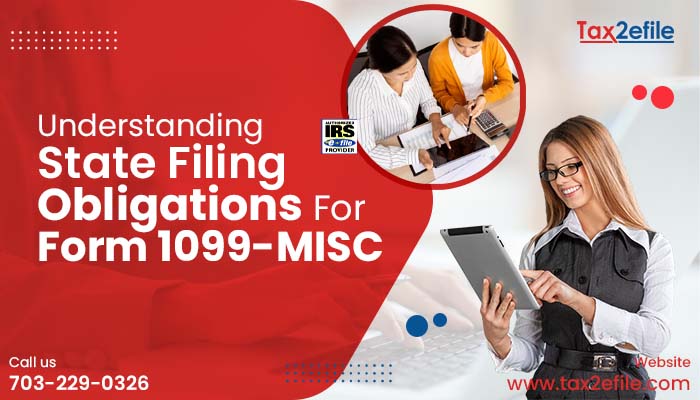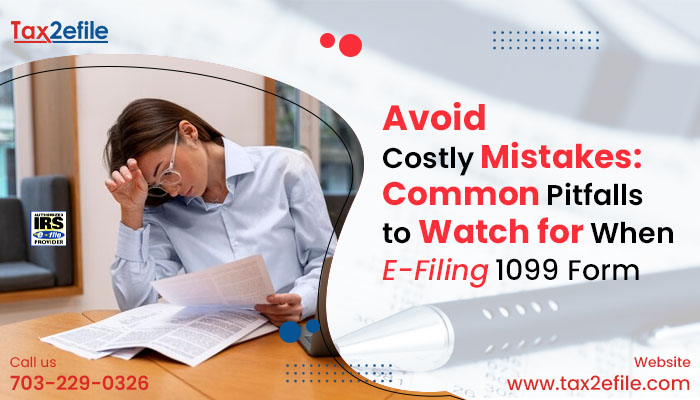- February 11, 2021

The IRS tax form 1099-INT is a record stating that an entity or individual paid you interest. By year-end, payers provide the Form 1099 INT of interest income to investors. Payers are to issue Form 1099-INT for whom they paid a share of $10 during the year. Mutual funds, banks, brokerage firms, and other financial institutions paying an interest of over $10 must file Form 1099-INT. The Form 1099-INT should reach the IRS before January 31.
About 1099-INT Tax Form
If you gain the interest of $10 or more from brokerage, bank, or other financial institutions, a 1099-INT is mandatory.
- Form 1099-INT is sent from your bank if they paid you interest for your account savings.
- The form bears the taxpayer identification number or social security number. The above said updates IRS about interest received. With this number, the IRS highlights you, if not reporting the income for tax.
Need for Form 1099-INT
The IRS form 1099-INT is mandatory for
-
- Individuals where financial institutions paid an amount of at least $10.
- To ones where financial institutions paid or withheld any foreign tax on interest.
- For individuals where financial institutions withheld federal income tax withholding rules irrespective of the amount of payment.
Interest paid is to be declared in Form 1099-INT. It includes account interest on accumulated dividends, banks paid by life insurance companies, Indebtedness gives out as a registered form or amounts withheld from foreign tax or federal income tax.
Taxation details
For filling form 1099-INT, the understanding of every box and its details are vital. The above information helps tax payer’s report interest on appropriate boxes for tax returns.
-
- Box 1 in 1099-INT form is applicable for all taxable interest got. Earnings from the savings account are an example.
- If imposed on interest penalties for withdrawing money from an account before the maturity date, opt for box 2.
- For individuals with interest, on Treasury notes or United States savings bonds or bills, reporting the third box is right. In this category, few fall under tax-exempt.
- If federal tax is withheld for your interest by the payer, then go for box4.
- Interest holding investments with local and state government like municipal bonds urges you to fill box 5.
1099-INT Filing Requirements
As you file tax, there is no need to tie up a copy of the 1099-INT forms. But remember to furnish the information from the Forms to your tax return. The prime reason is that every entity, financial institution, or bank that pays you $10 as interest should
-
- arrange 1099-INT
- By January 31 must send you a photocopy
- The next step is filing a copy with the IRS.
The IRS crosschecks the details with 1099-INT to find if you have furnished accurate information in your income tax returns.
The 1099-INT is vital, and hence taxpayers must focus on filing the same. To get rid of unnecessary tax-filing confusion, logging into Tax2efile.com is the best solution. The site makes filing 1099-INT modest and quick. The professional experts are always ready to assist you at any time of the query.


